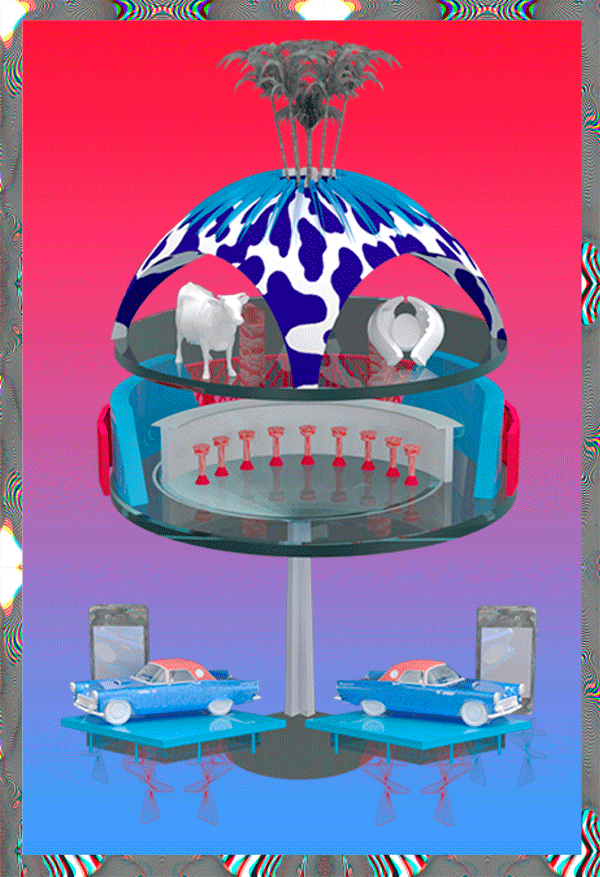April 9–May 11, 2018
Princeton, New Jersey 08544
United States
The Princeton University School of Architecture, Media + Modernity Program, Program in Latin American Studies, and Mellon Initiative announce the opening of Liquid La Habana: Ice Cream, Rum, Waves, Sweat and Spouts curated by Beatriz Colomina, Ivan L. Munuera, and Bart-Jan Polman and designed by Diana Cristobal and KnitKnot Architecture. The exhibition research team includes Ingrid Brioso Rieumont, Gillian Shaffer and Eda Yetim. Graphic design by Fru*Fru.
Architecture in La Habana, Cuba is usually understood from the point of view of colonialism, whether Spanish or North-American, Cold War politics, or tourist economies and ideologies. But it could also be seen as generating wholly new points of view—more fluid and less familiar. Liquid La Habana presents five different case studies from the late 19th century until today and challenges their common interpretations. The exhibition explores the ways in which these fluid projects of Ice Cream, Rum, Waves, Sweat and Spouts reshuffle social contracts, radically confronting ideas of modernity, society, economy, sexuality, privacy, diplomacy, aesthetics, geopolitics, race, and development.
[1] Coppelia, the Ice Cream parlor of 1966 that became a symbol of the new revolutionary society, is discussed as a laboratory in which the creation of a new species, the “Ubre Blanca,” a super cow that would produce more milk than any cow before, went hand in hand with international agreements and socioeconomic aspects. [2] Mies van der Rohe’s unbuilt 1957 project for a Bacardi Building in Santiago de Cuba is not presented as the work of an international architect that created a decontextualized object for promoting Rum, but for how it was closely tied to La Habana’s existing architecture and led several afterlives around the world, reshaping the architect. [3] The Malecón, La Habana’s 5 mile long sea walk begun in 1901, is an engineering work of both concrete and silicon, a Wi-Fi spot in which the notion of public space has been redefined by electronic Waves and the public sphere has been extended through the paquete semanal (a weekly terabyte of digital information). [4] The Tropicana Night Club is not simply a glistening stage for tourist entertainment, but a place where the bodies in motion and Sweat relocate the conception of political architecture in a simultaneously capitalist and socialist spectacle. [5] The National Schools of Arts deployed the sensuality of waterworks and forms, such as the so called “vulva” Spout, as a controversial architectural symbol of revolution.



